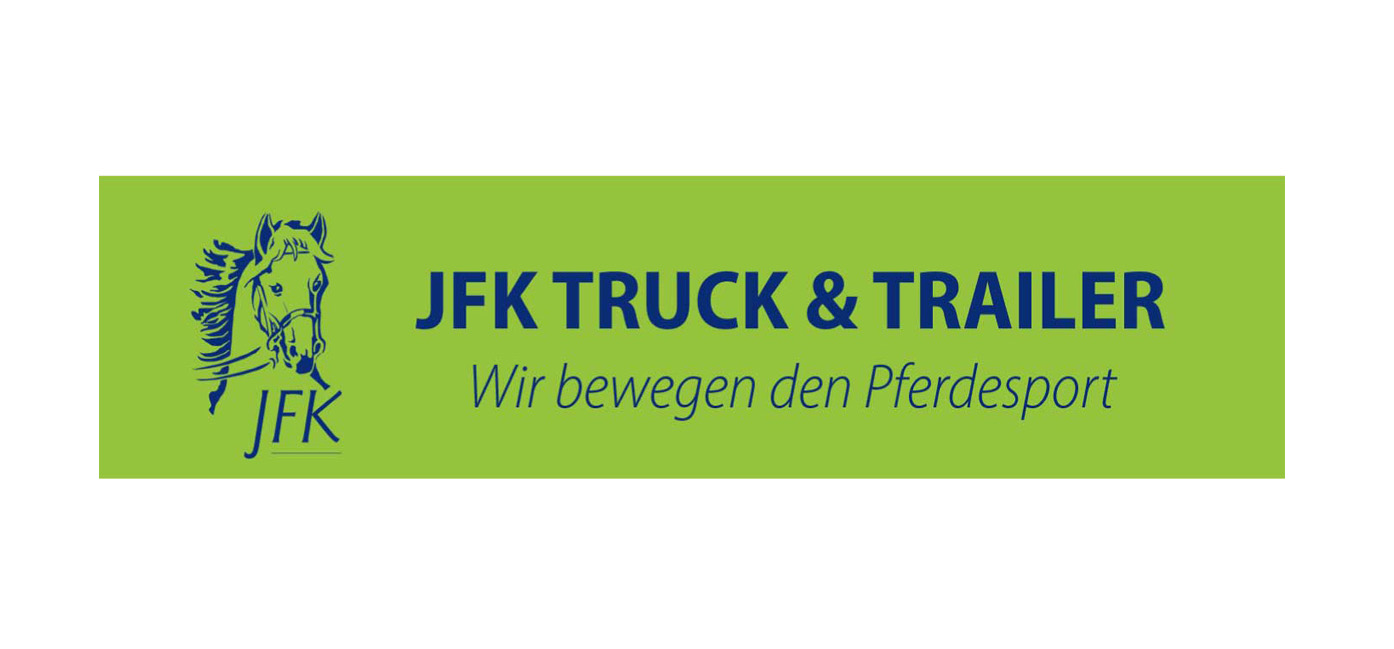Obstacles in the CHIG story
For many years now, the CHI Geneva has held the title of world's best competition. The reasons? There are many, of course. We often talk about the soul of this unique event, the level of the sport or the enthusiasm of the public... But we must admit that the originality of the obstacle park is also part of the uniqueness of the Geneva competition.
You'll be familiar with the obstacles: a wall topped with sculpted cows, the Molard towers, a line of bells and the Geneva harbour - all references to Switzerland and the city of Calvin that the organizers are keen to highlight. But there's more to it than just a nod to the city, as original and sometimes personalized obstacles are also excellent ways of making an impression. At a time when show jumping parks are becoming increasingly standardized, and competition grounds are becoming more and more similar across the globe, they also contribute to the event's strong identity. But do Geneva's unique obstacles pose difficulties for horses or riders? We asked ringmaster Gérard Lachat to explain the subtleties of the jumps seen on the Palexpo track.
The walls
Very impressive to the eye of the beholder, walls are not as tricky as they seem: “Walls are not complicated obstacles for horses to jump,” explains Gérard Lachat. There may be a few horses looking at the walls, but in principle they don't represent any major difficulties. For example, the grey and white wall in the colors of a sponsor - Bory - is often on the track, and can be jumped relatively easily. The difficulty comes from the obstacles that the rider crosses before or after, depending on the distances to be respected. For example, if the following distance is rather long, this encourages the rider to approach the wall with a good gallop. After the wall, the horse may become disunited and commit a fault on the next obstacle. So we try to place the wall where it will add technical subtlety to the course. As for the wall with the cows, it caused a few problems the first time it was incorporated into the layout. Today, however, both mounts and riders are used to it, and it no longer surprises them. We mustn't forget that we're dealing with the world's best horses and riders in Geneva, so they're very often confronted with special obstacles.”
Switzerland and Geneva in the spotlight
The Swiss tradition is well represented on various obstacles, including the bell obstacle: “It's a rather ordinary obstacle, which horses jump well,” says Gérard Lachat. The bars are clearly visible, and it's not complicated in itself. It's a very pretty obstacle, specially designed for Geneva and therefore not seen anywhere else.
The towers of the Molard are also emblematic of the CHIG, and the ringmaster is free to use them in different ways: “The wide uprights of the Molard towers take the horses away from the obstacle a little, because they mark it more, so it's not an advantage for us. We can build it with classic bars, but also with the old Geneva gate. The latter, because it forms a narrower obstacle, suddenly becomes tricky. Because of its reduced frontage, it's an interesting obstacle for a ringmaster to use. What's more, from an aesthetic point of view, the towers and gate make it a very pretty obstacle.”
La rade de Genève also deserves its place in this list of typically Genevan obstacles: “It's a palanque obstacle which, normally, is very tricky. But as it has the appearance of a large solid panel, the horses move away a little, jump it well, and it therefore doesn't constitute a great difficulty.”
Green and Gold
As Rolex is the CHIG's loyal presenting sponsor, the Swiss watch brand's obstacle is omnipresent on the Palexpo track. However, as Gérard Lachat explains, the track team can shape it to make it a little different too: “It's an obstacle you always see in Rolex competitions. In Geneva, we're lucky enough to be able to vary it a little by sometimes offering a narrower hoist. But the obstacle itself poses no particular problem.”
The environment
Whether it's a large screen, a track entrance or a lake, the environment around the track is also a factor to be taken into account when designing a course, and can create difficulties. Even if the horses present in Geneva are seasoned, the entrance to the track can still pose a few problems,” notes Gérard Lachat. Few horses will be disturbed, but there are always one or two for whom it creates a delicacy, especially if, after a turn in front of the entrance, there's a good oxer waiting for them. As for the lake, it's not a difficulty in itself, but you can play with it. In other words, you can put an obstacle quite close to it or in the direction of it, and that can set up an additional difficulty.”
Speaking of water, a new bidet double has made its appearance: “Recently, we've also been putting a bidet double along the lake, as a nod to the famous Aachen obstacle. In Geneva, this double is tricky because of the spotlights. They light it up and are reflected in the white spots, which can surprise the horses.
The decoration
Having mentioned the obstacles themselves, we shouldn't forget to mention the decorations that frame the obstacles. “In all major competitions, more and more attention is paid to decoration, and Geneva is no exception. We have a very dedicated decoration team, enthusiastically led by Anne-Laure Pellanda. She tries to come up with something new every year, and we can really talk to her. Generally speaking, we builders don't like a lot of decoration at the front of the obstacles: it gives the horse a foothold, which helps it. So we ask for decorations to be placed on the edges of the obstacles and set back from them. If you want an obstacle to be delicate, for example, you must avoid excessive decoration. But it's really ideal to be able to talk like this with the team in charge in Geneva. It's the best! The decoration is really important for the eye and the cachet of the competition, but it can also play a real role and bring a little extra finesse to the layout.”







































